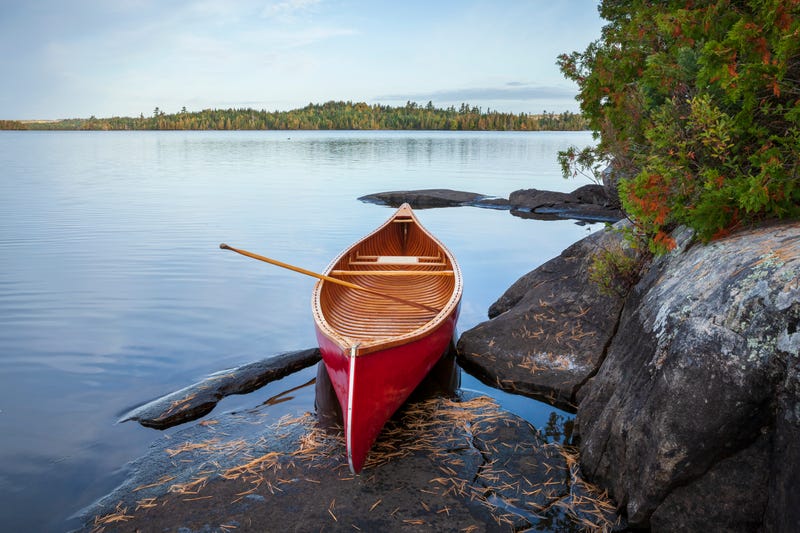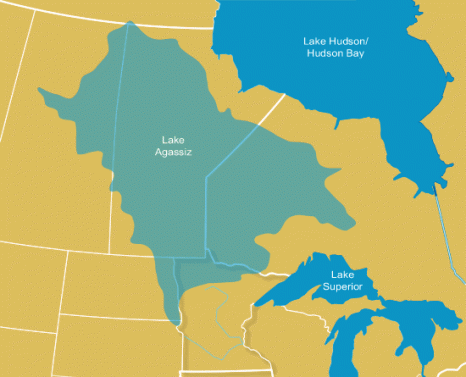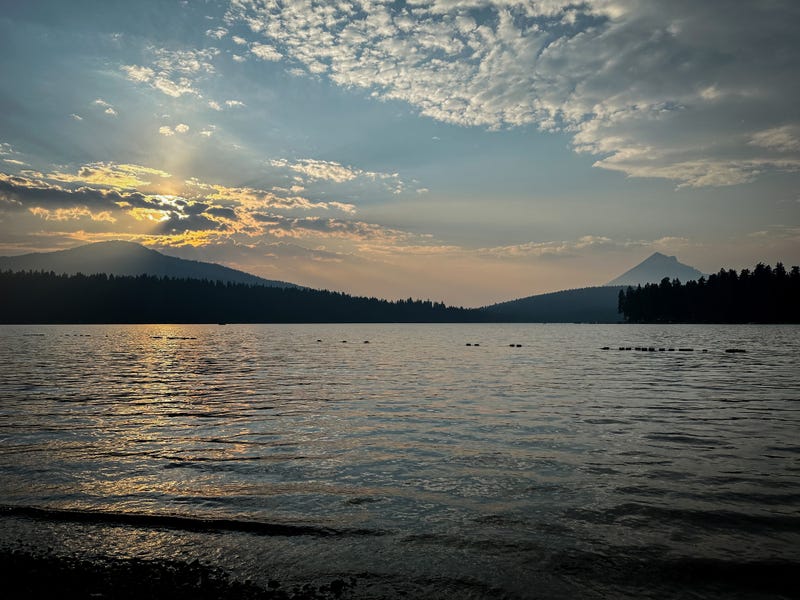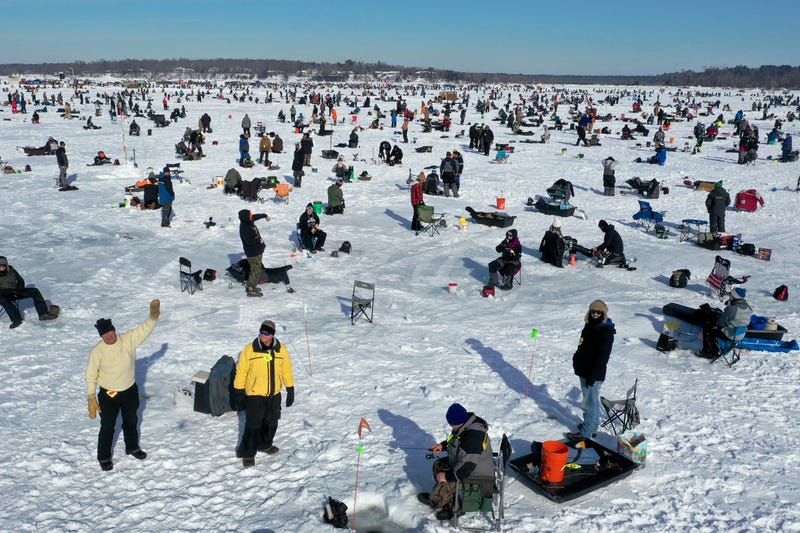
As we approach the 250th birthday of the United States next July, WCCO takes a looks back through the eyes of Minnesota over those same 250 years.
This month we focus on what is more than just a state phrase - it's something that shaped the entire history of Minnesota and so much of how Minnesotans choose to spend those warm summer days, and icy frozen winters: this is the Land of 10,000 Lakes.
What is now 10,000 - or actually closer to 12,000 lakes - began with just one very large lake, and one incomprehensibly large glacier.
What was the very first lake in Minnesota?
Jon Hansen with the Department of Natural Resources explains.
"A lot of people think of the original Lake Agassiz, which is like the glacial lake from like 10,000 to 13,000 years ago that was created as the last glacier receded and left this kind of pile of rock," says Hansen. "And then as the glacier melted, that created this giant lake."
That giant lake eventually drained into a humongous river, the River Warren. Evidence of that can still be seen today in the valley that contains the Minnesota River. The relatively tiny Minnesota River takes up just a small portion of what is a massive river valley that you can still see in places like Redwood Falls, Minnesota.
The lake drained twice, first to the south, to form the channel of the Minnesota River and the Upper Mississippi in the Twin Cities. And then, 1,600 years later, to form the course of the Red River of the North.
All of that water came courtesy of the last North American glacier, which reached its maximum depth and extent, covering all but the southeast corner of Minnesota about 17,000 years ago. All of that ice began to melt, and the water Minnesota is known for started to fill a landscape scoured by the ice.

What about the current largest body of water in the state?
"Not counting Lake Superior, we have Upper Red Lake and Lake of the Woods and Mille Lacs Lake, those are some of our biggest lakes, and they are huge," says Hansen. "We're talking like 20,000 acres."
A body of water is considered a lake if it has a surface area of 10 acres or more. Nearly three million acres of land in Minnesota is covered by lakes. And no, Wisconsin doesn't have more lakes even if they claim that's true. There is a different standard for what is a lake, and Wisconsin counts bodies of water that are no bigger than ponds in Minnesota.
In fact, Wisconsin has no definition for a size required to call a body of water a lake. And only around 40% of Wisconsin's lakes even have names. That's a far cry from Minnesota's more hardline definitions.
However, if you are looking for a lake champion in the U.S. it is not Minnesota. It's Alaska. Yes, much, much larger and far more wild and remote, but Alaska has over 3 million lakes.
For sheer size, if you exclude the Great Lakes, Lake of the Woods is the largest freshwater lake by surface area in the entire United States. It is over 70 miles long and wide, containing more than 14,552 islands and 65,000 miles of shoreline.
Lake Superior, entirely freshwater of course, it the biggest lake in the world, over four times the size of Lake of the Woods. If you drained Lake Superior's water, it would cover the entire land mass of North and South America to a depth of 12 inches.

Back to Minnesota - why do we have so many in the state?
Back to glaciers says Hansen.
"A lot of it is just glacial residue, glacial makeup of, as they retreated they carved out these giant holes and meltwater came and left a bunch of the water there," he explains. "And a lot of it is, some of it's groundwater fed some of it's surface water fed through rivers."
To show the contrast between what glaciers did or didn't do, you can look to the relatively lake-free southeast portion of Minnesota.
The Driftless Area is a unique, unglaciated region in the Midwestern United States, covering parts of southwestern Wisconsin, southeastern Minnesota, northeastern Iowa, and northwestern Illinois.
Those massive North American glaciers didn't reach that area of the country, and if you've driven Highway 61 through Red Wing, La Crosse, and further south, you have doubtlessly been stunned by the vistas over the Mississippi River valleys and the bluffs.
The lack of glacial "drift" has resulted in a distinct landscape and a habitat for rare species that were not reshaped by glaciers like the rest of the Midwest. Rivers, creeks, springs - and very, few lakes like you find around nearly every corner in northern Minnesota.

Minnesota generates a lot of revenue off those 10,000+ lakes
The money generated by those lakes is significant. Hansen says in 2022, there was close to $6 billion in just angling expenditures in Minnesota, with some estimates of 100,000 jobs derived from just angling. Add in boating and all kinds of other lake related activities and with the plethora of summer and winter activities, lakes not only generate billions of dollars for the state, but ever-lasting memories for many Minnesotans.
"Beyond economy, it's a huge cultural centerpiece, you know," Hansen adds. "It's the identity of a lot of Minnesotans. So many people's core memories, I think, are strong or come from a lake. A kid on a dock, standing next to our grandparents, catching their first bluegill, like it's a wonderful core memory that I think many, many Minnesotans share. You know, we go to lakes to recreate in the summer and I think that's just a powerful, powerful part of who we are."
And if you like fishing, there's no shortage of walleye, trout, northen pike, bluegill and many others in those almost 12,000 lakes.
That phrase, by the way, the Land of 10,000 Lakes? It was all created around tourism. It originated from an 1874 State Fair speech and became a popular tourism slogan in the early 1900s through promotional campaigns. It was never adopted as an official state motto, however. That has been "L'étoile du Nord" (The Star of the North), which was adopted in 1861.
